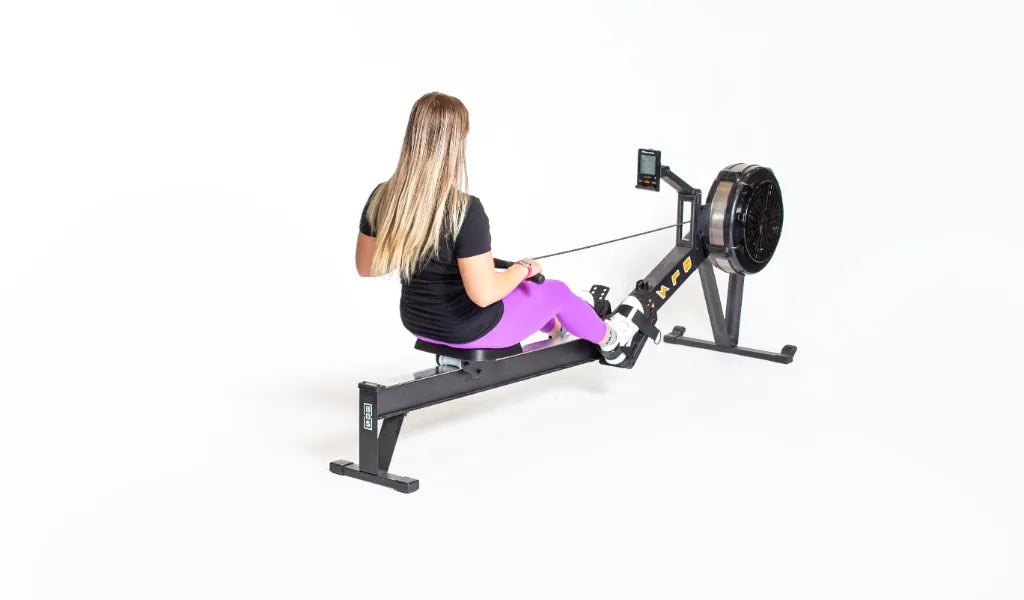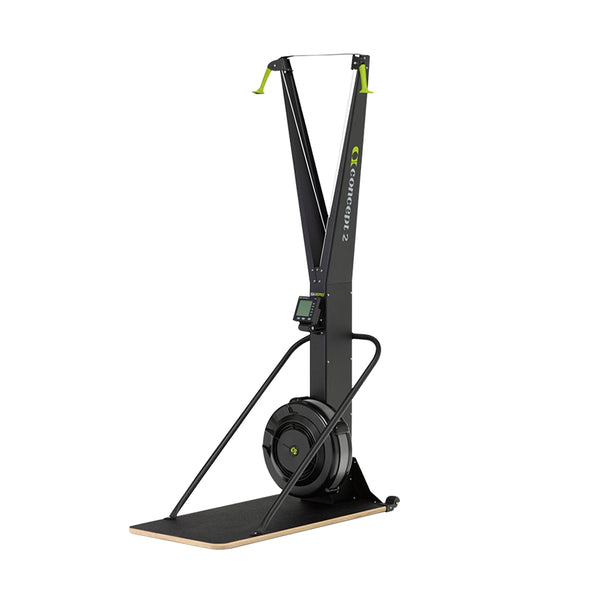Osteoporosis is a condition that affects millions of people, particularly as they age. It's characterized by the weakening of bones, making them fragile and more prone to fractures. You might be wondering how resistance training can help combat this issue. In this article, we'll explore the benefits of resistance training for osteoporosis and delve into the science behind using a rowing machine to manage this condition.
Osteoporosis is often associated with a loss of bone density and muscle strength. Resistance training can play a crucial role in addressing both of these concerns. When you lift weights or engage in resistance exercises, you stimulate the bones to become denser and stronger.
Additionally, resistance training helps build and maintain muscle mass, which can improve balance and reduce the risk of falls—a significant concern for those with osteoporosis. Before diving into the specifics of rowing, it's essential to address some common concerns about osteoporosis and fitness. Many people worry that high-impact exercises, such as running or jumping, might be harmful to their bones.
While these exercises can be beneficial for overall health, they may increase the risk of fractures in individuals with osteoporosis. That's where low-impact exercises like rowing come into play.
Low-Impact Nature of Rowing
Rowing is a fantastic option for individuals with osteoporosis because it offers a low-impact, full-body workout. Unlike activities that involve pounding on joints and bones, rowing provides a smooth and controlled motion. This reduces the risk of fractures while still allowing you to engage in a challenging workout.Weight-Bearing Element
Rowing machines incorporate a weight-bearing element. When you row, you push against resistance, whether it's water (in the case of water rowers) or air (in the case of air rowers). This resistance helps to strengthen not only your muscles but also your bones. Over time, this can lead to improved bone density.Strengthening the Back
One of the key benefits of rowing is its impact on the back muscles. As you row, you engage your upper and lower back muscles, which are crucial for maintaining good posture and preventing spinal fractures—a common concern for individuals with osteoporosis. It’s important to note that rowing can worsen back pain in some cases. It’s important to prioritize form and consult your doctor before engaging in a new exercise program.Balance and Coordination
Another advantage of rowing is its ability to enhance balance and coordination. People with osteoporosis often struggle with balance issues, making them more susceptible to falls. Rowing helps improve these skills, reducing the likelihood of accidents.Can I Start Rowing If I Already Have Osteoporosis?
Rowing is a safe and effective exercise for individuals with osteoporosis. However, it's essential to start slowly and consult with a healthcare professional or a certified fitness trainer to create a customized workout plan that suits your specific needs and limitations.How Often Should I Row?
The frequency of your rowing workouts may vary depending on your fitness level and the severity of your osteoporosis. In general, aim for at least three to four sessions per week. Again, it's crucial to work with a professional to determine the right frequency and intensity for you.Are There Any Precautions I Should Take?
Yes, safety should always be a priority. When rowing with osteoporosis, maintain proper form to avoid straining your back. Start with low resistance settings and gradually increase them as you become more comfortable. Always listen to your body and stop if you experience any pain or discomfort.Can I Combine Rowing with Other Exercises?
Absolutely! Incorporating a variety of exercises into your routine can have numerous benefits. Consider combining rowing with gentle weightlifting, yoga, or balance exercises to create a well-rounded fitness plan that supports your bone health. Incorporating a rowing machine into your home gym can be an excellent choice if you have osteoporosis. Its low-impact nature, weight-bearing element, and ability to strengthen back muscles, improve balance, and enhance coordination make it a valuable tool in managing this condition.
Remember to consult with a healthcare professional or fitness expert to create a personalized workout plan that aligns with your specific needs. With the right approach, rowing can help you take proactive steps toward better bone health and overall fitness, right in the comfort of your home.
Disclaimer: None of this is medical advice and is for informational purposes only; please seek an assessment from a qualified healthcare professional for any pain you may be experiencing.



